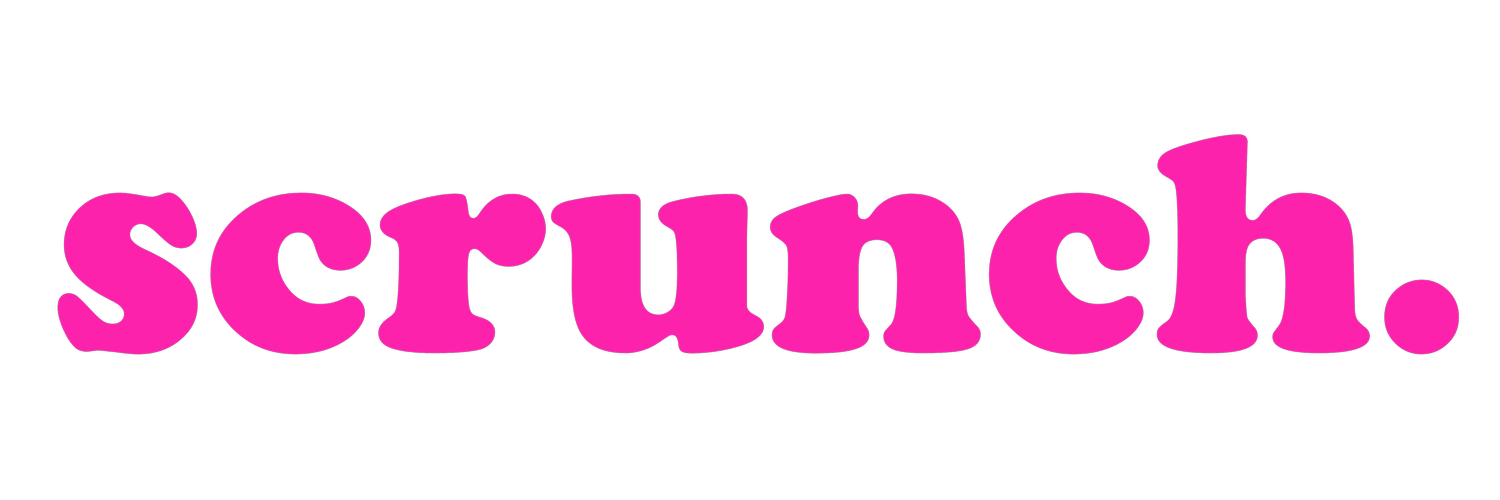Is Snapchat Losing It's Reign In The Influencer Marketing Space?
Is Snapchat the platform for your influencer campaigns?
Kylie Jenner single handedly obliterated $1.3 billion of the Snapchat’s market value after tweeting “sooo does anyone else not open Snapchat anymore? Or is it just me… ugh this is so sad.” Those 85 characters received 300k likes on Twitter and caused havoc for Snapchat, and gave us an insight into what everyone is thinking - are millennials still using Snapchat and is it
still one of the top platforms for influencer marketing.
Shortly after the internet frenzy over the relevance of Snapchat in 2018, Maybelline New York followed suit and asked their followers whether or not they should delete their Snapchat account. So it is safe to say that it sounds like brands and influencers are getting bored with Snapchat.
So, what the heck is going on?!
Well, the answer is quite simple. I equate Snapchat’s plight to that of the success of Instagram stories. No one doubts the influence of a good Instagram story. Since 2016 when Instagram launched this new feature, people have been hopelessly in love, especially influencers and brands! The functionality of the Instagram Stories better caters to social media influencers and influencer marketing campaigns because tags, links and hashtags can be included, and content is publicly visible for all Instagram users, not just the influencer’s followers. At Scrunch, we always encourage brands to include Instagram Stories in their campaigns because we are consistently finding that engagement on Instagram Stories is great, making it an important channel to add to an influencer campaign.
One would think that Instagram stories wouldn’t have such an advantage over Snapchat because they perform the same functions. Both platforms allow brands, influencers and consumers to post photos and videos for up to 24 hours, and they both allow users to enhance their content with filters, fonts, drawings, geotags and emojis. Yet there are significant differences that attract influencers to Instagram Stories, and in doing so potentially draw them away from Snapchat.
For one, Instagram allows users to attach links to their stories. This functionality is perfect for influencers and brands who have affiliate links to share in their content and want to direct their followers to a landing page or website. After seeing the success of Instagram’s “swipe up” feature, Snapchat incorporated this functionality into their app; however, only influencer’s friends are able to view a link. This reduces an influencer’s potential reach as Instagram Stories are public, so anyone can view the content. Plus, it is exceedingly easier to search for new people on Instagram. Another advantage Instagram has over Snapchat is clickable hashtags and location tags. Users can click on the #hashtag and see everyone else who has tagged this keyword as well! On Snapchat, you can’t interact with the tags and hashtags.
To add fuel to the fire, there has been an ongoing history of Snapchat neglecting influencers. According to Digiday, Sarah Peretz, an Instagrammer and YouTuber from Los Angeles, quit using Snapchat after a Snapchat product management executive told her; “Snapchat is an app for friends, not creators.” The executive’s statement was in response to Sarah’s questioning of whether or not she should continue to use the app. If Snapchat doesn’t want influencers or creators to use their app, then they should expect a decline in their market value. As an influencer, why would you feel inclined to use the app when you are feeling unwanted? Sarah is not the only influencer frustrated with Snapchat. There is an extensive list of people ditching the app.
In an attempt to recover their losses, Snapchat rolled out an analytics tool mid-February. Now, Snapchatters can track view counts and obtain insights on their audience’s demographics and viewer details like how long a single user watches their content. This is huge! But could it be too late?
Within the same week of Snapchat’s in-app analytics launch, Recode discovered that Snapchat is also targeting their competitors’ clients in an attempt to attract new advertisers who are spending money on Instagram. According to Recode, they “first heard about the new program from a source, and a Snapchat spokesperson confirmed that the company has indeed started reaching out to advertisers who are spending money on competing services.” It seems like Snapchat was really making moves until the voice of reason (Kylie) came along to tell us how it is.
Regardless of this #drama, influencer marketing is about diversity, expanding reach and creating and sharing content across multiple platforms, so if the majority of a brand’s audience uses Snapchat, then they should make the smart decision to partner with resonating influencers who primarily use Snapchat - especially if the target market is millennials.

